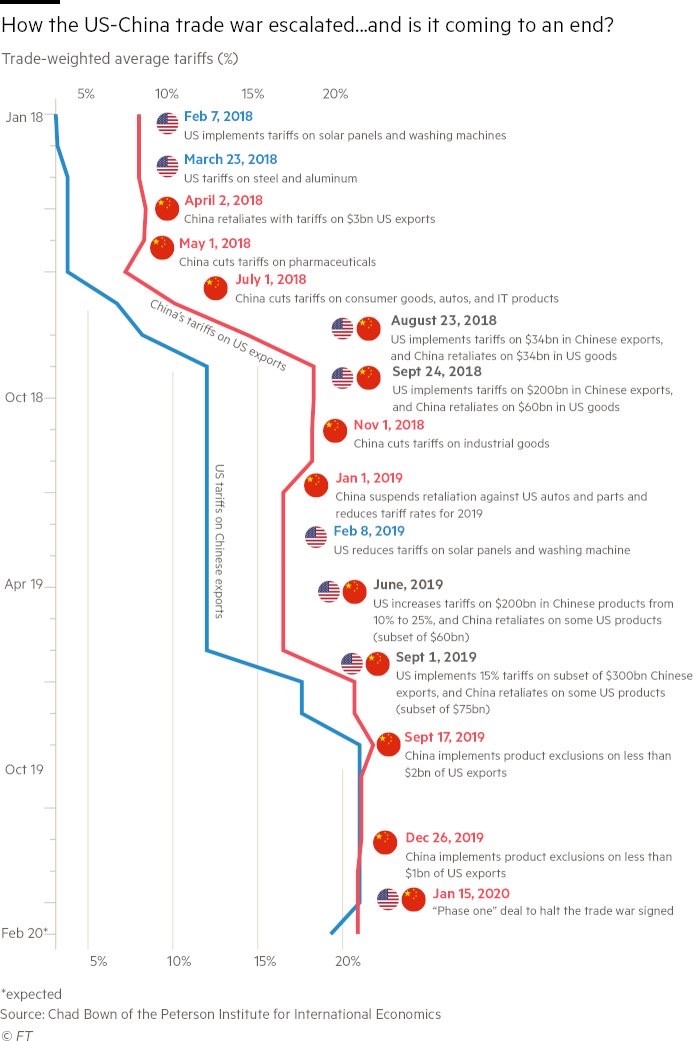World trade is hampered by measures taken by the White House. The agreement with China reflects a degraded situation compared to the period before the trade war.
We are looking for the winners
The trade agreement between the USA and China is part of a bilateral logic. The Chinese will buy 200 bn of US products during the next two years (relatively to 2017 level) but that does not mean that Chinese imports will increase by 200 bn.
Brazil will be penalized by arbitration against US soybeans and other countries will see their exports to China reduced in favor of the United States. This agreement comes after the White House decided to wage a trade war with China.
In other words, the increase in US tariffs for Chinese products will be extended by an increase in Chinese purchases but at the expense of the rest of the world. The measures taken are negative for everyone. The Americans pay more for Chinese products, the Chinese are forced to buy US products too bad for other countries since slower Chinese growth will limit the increase in imports.
It’s an agreement where there are many losers and a few winners including US farmers and US commodity producers.
This is consistent with Trump’s idea that
the global economy is a zero-sum game
In the short term, the uncertainty (see here) about an escalation in customs duties will fade, but let’s not doubt that the technological rivalry between the USA and China will not be reduced by this agreement. The technological rivalry is at the heart of the balance of strength between China and the US.
In the American election year, this agreement is a positive signal for Trump’s voters about the power of the United States. It’s unfortunately a little more complicated.
The overall post-war growth was multilateral and that was its great strength. It may be over, it would be harmful to everyone including the Americans.
Annex
This graph shows the non-optimality of the trade war. Everyone is now in a weaker position than before the US trade policy was launched by the White House



